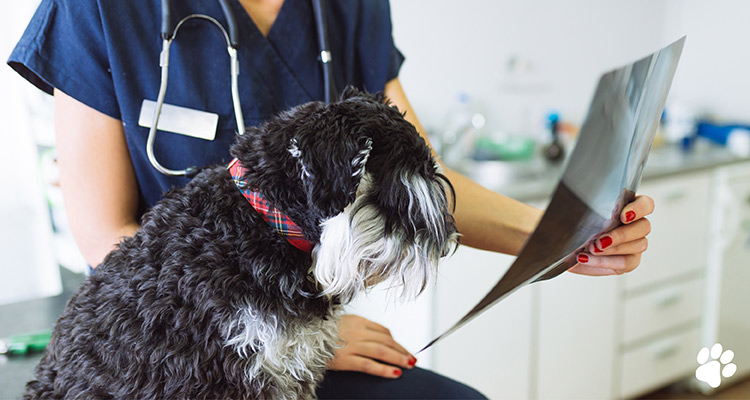Radiography and ultrasound diagnostic services
Many pet problems are reasonably straight forward to diagnose; others require a greater degree of investigation. We know that it’s frustrating, even annoying, when your vet can’t offer key diagnostic services in-house. A referral to a specialist facility can be time consuming, increasingly expensive, and often a real hassle simply to get there – perhaps involving time off work. This is why, at Normanhurst Vet Practice, we have made the commitment to provide in-house radiography and ultrasounds, and pathology investigative services.
These key services – and we’ve added a brief description of both radiography and ultrasound techniques on this page – help quickly diagnose key conditions, allowing for prompt assessment and the beginning of vital treatment. They can also be used to then assess the effectiveness of therapies, how the healing process is progressing, or examine the outcomes for treatments already delivered.
Pet owners regularly appreciate the peace-of-mind gained, and convenience offered, by the swift and professional availability of our in-house radiography and ultrasounds.
An introduction to our pet radiography processes
Pet radiography, the taking of x-rays, is a commonly-used non-invasive and in itself a pain-free procedure to carefully assess heart, lungs, bones and organs. The beam passes through some tissues, and is blocked by others, building up the final image for inspection.
Often, sedation will be used, to reduce both pain and anxiety for your pet. This is because, for animals with bone fractures or other painful conditions, there might be a need for manipulation. During a radiography procedure, multiple images will often be taken and the results may also be combined with ultrasound scan procedures if necessary.
Using established pet ultrasound techniques
Pet ultrasound techniques are used to diagnose problems that might not show up clearly in a radiography procedure. They are often used to assess key areas in and around the heart (called echocardiography); and in the abdomen, for such areas as liver, intestines, spleen, bladder, reproductive tract, kidneys and adrenal glands.
Ultrasound, as the name suggests, uses high frequency sound to build a picture through the use of echoes, and is a non-invasive procedure. Sedation is mostly not required to perform an ultrasound as the pet can be held and reassured by one of our caring team members. The area of the body that is to be ultrasounded will need to have hair shaved off so that an adequate image can be made. It is often also used to scan during pregnancy, and to examine muscles, tendons, head and neck glands and on some occasions the eyes. This proven technique can also measure the response to therapies that have been undertaken.
How can Normanhurst Vet Practice help you and your pet?
If you are anxious about the well-being of your pet, or have any questions you’d like to ask about radiography and ultrasounds, or any of the other wide range of treatments we offer, please talk to our friendly, experienced, and always helpful team at our Normanhurst Road clinic by calling 02 9489 6000.
